Checks tweed and small plaid were common patterns. Jackets became narrow with smaller lapels.

Victorian Working Class Clothing Outlet Shop Up To 52 Off Www Ingeniovirtual Com
Even though the early 1900s were a time when urbanization was growing like wildfire and cities were popping up all over the map rural farming was still an important occupation of the working class.
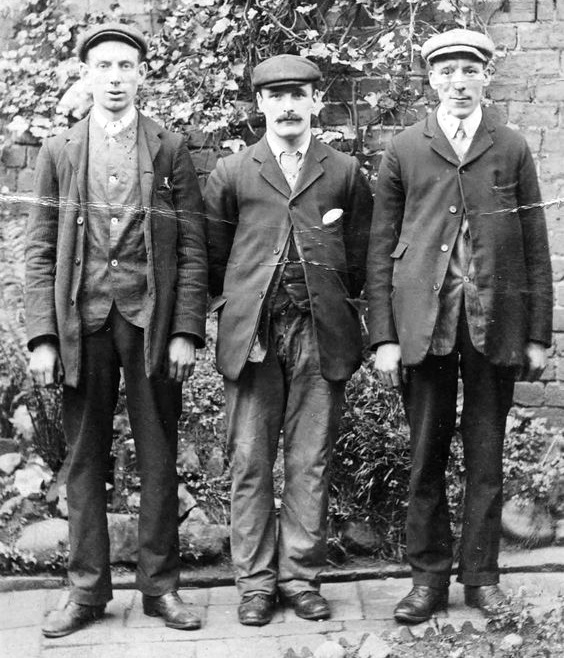
. The must-have accessory for a. Some men including younger men donned sack suits similar to modern business suits all day. Womens fashion was neat covering and detailed with ruffles buttons and lace in layers.
Up to 24 cash back There were certain magazines especially made for people in the working class such as Mabs. Upper class men wore silk or wool broadcloth vests. Mens Edwardian fashion included suits during the day formal tailcoats for evening and slightly more casual attire for sporting events.
Working men wore vests of heavy cotton or denim. Boys and younger men wore three piece suits for dress consisting of a coat vest and knee pants which were tight fitting and usually made with double knees. Men wear top hats with formal morning dress or bowlers with lounge suits.
The blazer appeared at this time worn mostly for sports and casual activities. A working class status symbol this accessory was adapted by a range of ages from young paper boys to older male folk who loved the quintessential nature of this statement hat. Tweed or check jackets worn with non-matching trousers were also popular and open collars were permitted for casual wear.
Available to buy in a wide variety of colours fabrics and shapes this design has evolved into the 21 st century whilst cleverly still retaining its traditionalist roots. Waistcoats were always worn over a white shirt. Mens fashions still revolved around the suit.
Standard wear for men in nonmanual work was the sack suit or three-piece suit usually worn with a shirt with a detachable collar while working-class men generally wore trousers and a button-down shirt. There was a very large gap between the upper class and the lower working class. Mens clothing in general changed much less frequently and less dramatically than womens clothing.
Even laborers wore vests at work as appearing in only a shirt was considered inappropriate. Three-piece suits no longer had to match - they would sometimes have contrasting pieces. Hats for working men needed to be durable and affordable.
The colors were often in sweet pastels or a traditional set of a white blouse and a black skirt. The bottom of the pant leg met the high stockings at the knee. Men who could afford it chose.
Like womenswear hats and gloves continued to be worn. Common styles were as follows. Cap The sporty 8 panel cap newsboy ivy big apple came in every fabric from wool to leather and cotton to corduroy.
Hair was worn with a side parting but slicked back with Brill cream. In some situations working women were the. Modern ties also gained popularity beginning in this decade.
Working Class Women 1900s. The trailing skirts which were very tight showing skin and broad-brimmed hats of mid-decade narrower dresses and hats with deep crowns. More 1910s Mens Fashion History 1910s Mens Casual Clothes Sportswear knitwear summer fashion Eveningwear Formal tuxedo morning suit and wedding clothes Mens Workwear Clothing for the working class men Mens Edwardian Motoring clothes For car drivers and workers Mens Vintage Boating.
Grey flannel suits were common worn with shirt tie and pocket handkerchief. Menswear would further stall in the following decade due to the First World War. Bowler hats were no longer confined to working class men.
Most colors were medium to dark shades of grey and brown. What did Men Wear in the 1900s. Only the richest people were able to afford Paris fashions so many American designers became popular during the 1930s when money was tight.
The common utilitarian dress for laboring men before the twentieth century was made up of breeches or trousers jackets and waistcoats of hard-wearing materials such as moleskin fustian or corduroy. If not dressed for manual labor in the early 1900s men generally wore three-piece suits jacket trousers and waistcoat or vest with high round-collared white shirts neckties and derby or bowler hats. Ad Shop Top-Quality Authentic Styles Enjoy Great Prices Service Delivery.
As mentioned the early 20th century was defined by a conservative fashion in combination with nature. Black shoes were the most acceptable though gray brown and tan were acceptable during the day. By the end of the decade mens fashion largely looked the same as it did at the beginning.
Fashionable Londoners in front of Harrods 1909. As factories and industries grew farmers provided the food and agricultural resources that helped sustain life. 1910s Men S Working Class Clothing Dressing a man in the 1910s during the late Edwardian fashion era was not very different from today.
Fashion in the period 1900-1909 in European and European-influenced countries continued the long elegant lines of the 1890sTall stiff collars characterize the period as do womens broad hats and full Gibson girl hairstylesA new columnar silhouette introduced by the couturiers of Paris late in the decade signaled the approaching abandonment of the corset as. Womens Fashion from 1900 to 1919. Costume and fashion in the decade 19001909.
The Working Class in the Early 1900s. A mans hat in those days was meant to coordinate with his outfit. More like this.
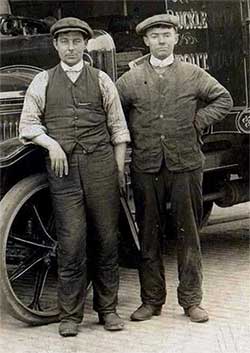
How Working Class Men Spent Their Time In The Early 1900s
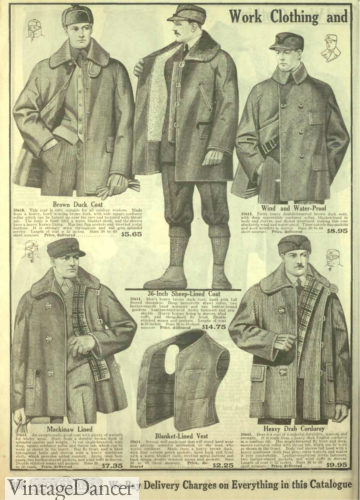
1910s Men S Working Class Clothing
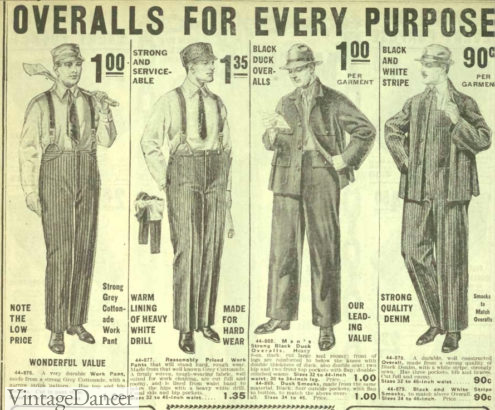
1910s Men S Working Class Clothing
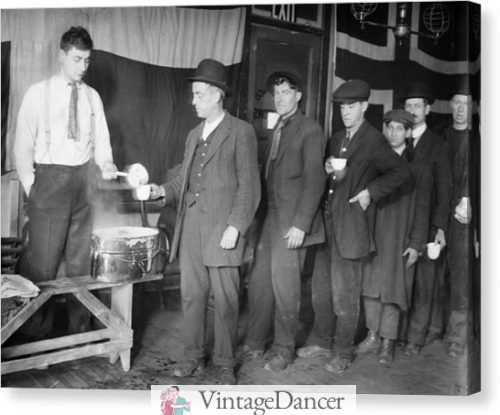
Edwardian Working Class Clothes Quality Assurance Protein Burger Com
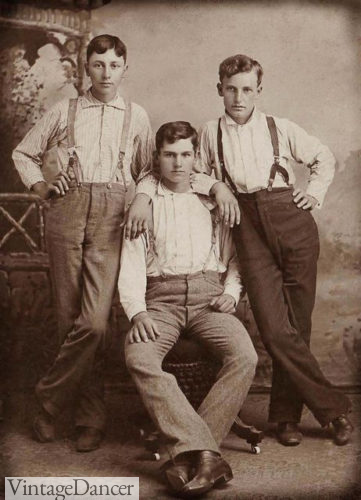
1910s Men S Working Class Clothing
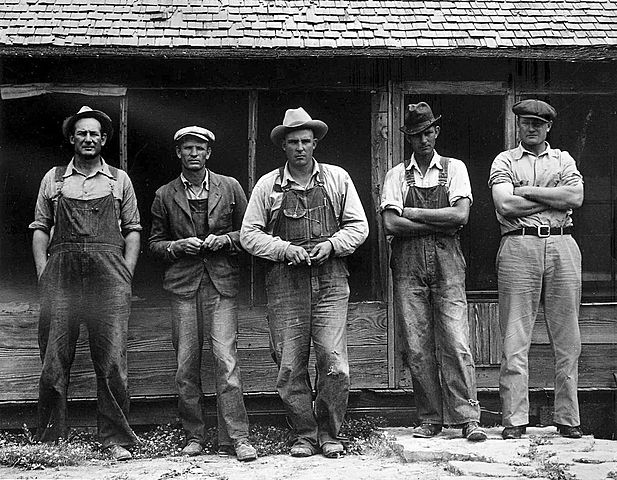
Men S Apparel 1890 1930 Timeline Timetoast Timelines

0 comments
Post a Comment